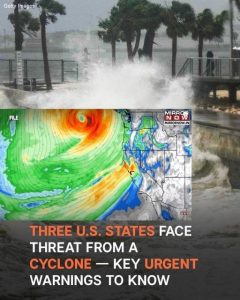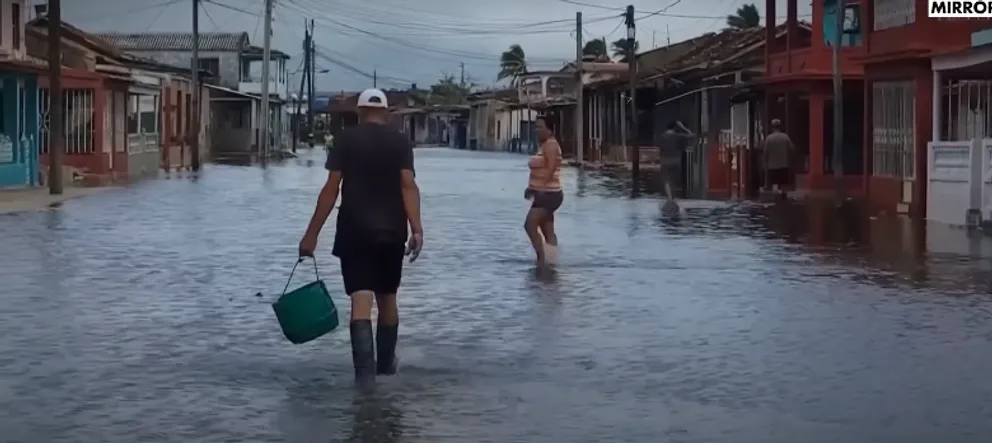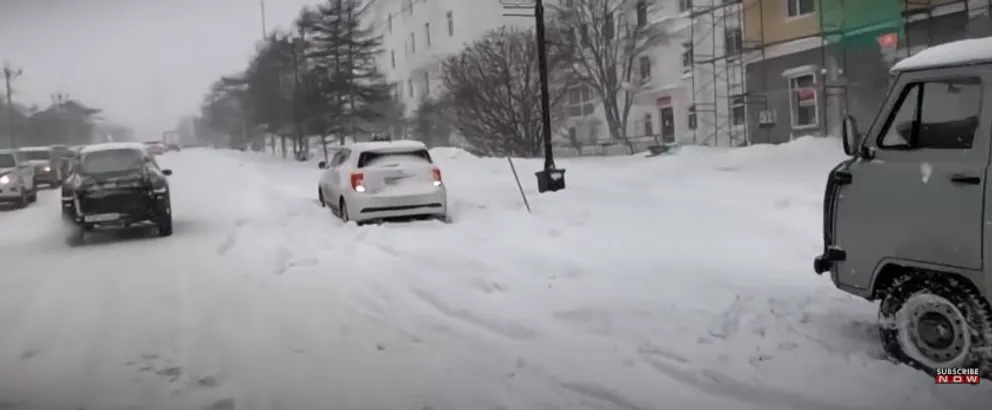A big bomb cyclone is forming off the coast of the West shore right now. This bomb cyclone could bring strong winds, a lot of snow, and heavy rain over the course of the week. Meteorologists have sent out an alert because the storm is getting stronger very quickly. This is called bombogenesis.

Pressure in the storm will drop by at least twenty to twenty-four millibars by Tuesday afternoon, November 19. This will happen over twenty to twenty-four hours. Because the storm is getting stronger so quickly, it looks like it will be very bad, with effects that are worse than usual for storms.
After the bomb cyclone hits, its atmospheric river will stay for a long time, bringing heavy rain and snow to some parts of Oregon and Northern California. The mountains are going to get a foot of snow and a lot of heavy rain.

It is expected that the worst effects of the storm will be seen from Tuesday through Friday, and they might even last into Saturday. Because of how strong the typhoon is, people who live in these places have been told to get ready for tough times.
Some places could get anywhere from 8 to 12 inches of rain, and some could even get up to 15 inches. Northern California and Southwest Oregon are expected to get the most rain. The biggest amounts of rain—between one and five inches—are expected to fall in Western Oregon and Washington, near the coast and in the foothills.
In places that don’t have enough drainage, rain or snow could cause flooding, and rivers and their branches could overflow their intended capacity. It’s still a bad idea to go near places that were just damaged by flames because they might slide down. There is also a chance of running into rock falls on mountain roads.
For those in the higher regions of the Cascade and Siskiyou Mountains, the storm is expected to bring several feet of snow. During the week, the snow level will keep going up, which could make driving more difficult, especially on mountain roads. Siskiyou Pass, which is on Interstate 5 and runs along the border between Oregon and California, and Snoqualmie Pass, which is on Interstate 90 in Washington, will be hit the hardest.

Northern California, Oregon, and Washington will have wind gusts of more than sixty to seventy miles per hour from late Tuesday night to early Wednesday morning. These are the most powerful winds.